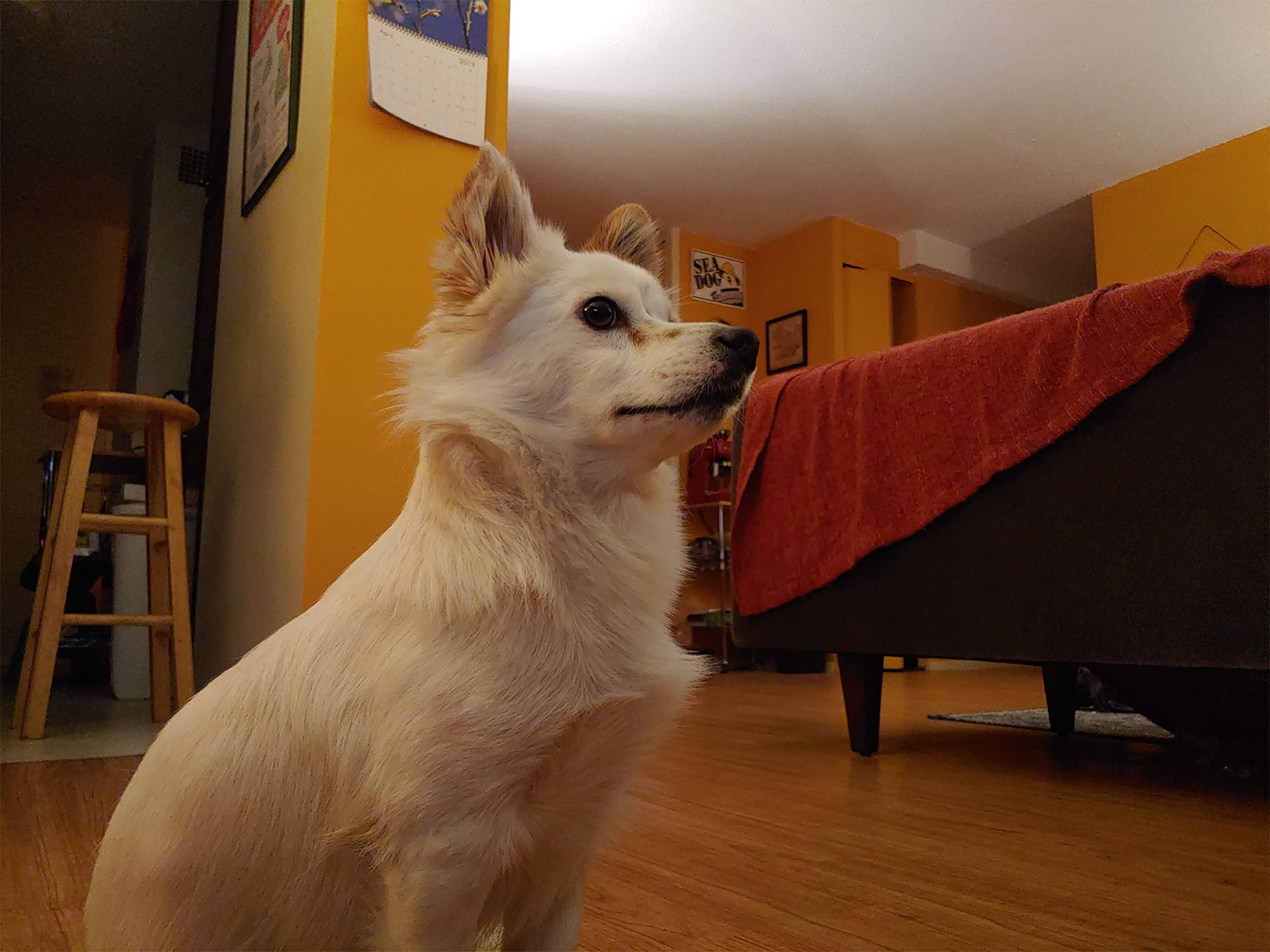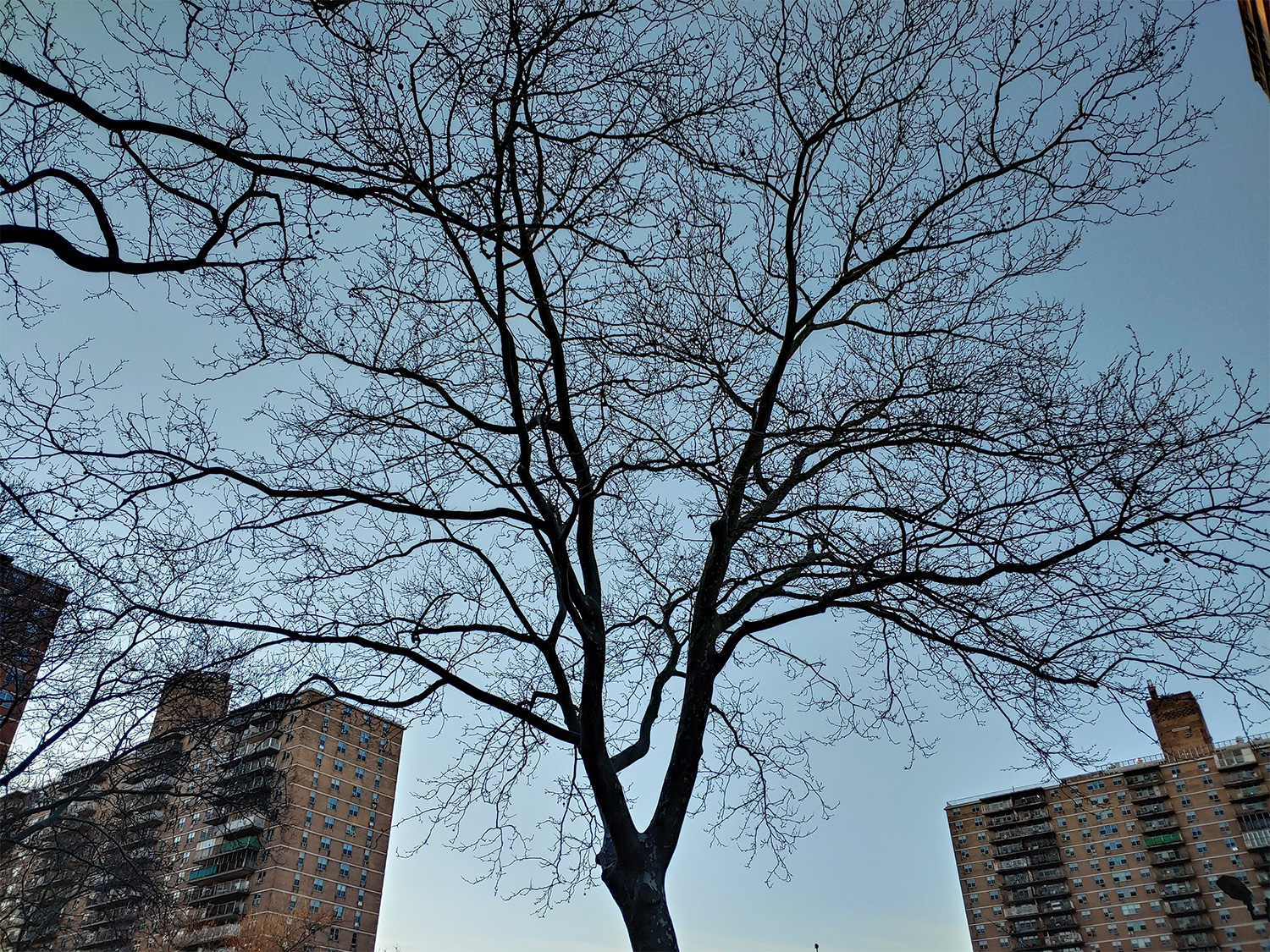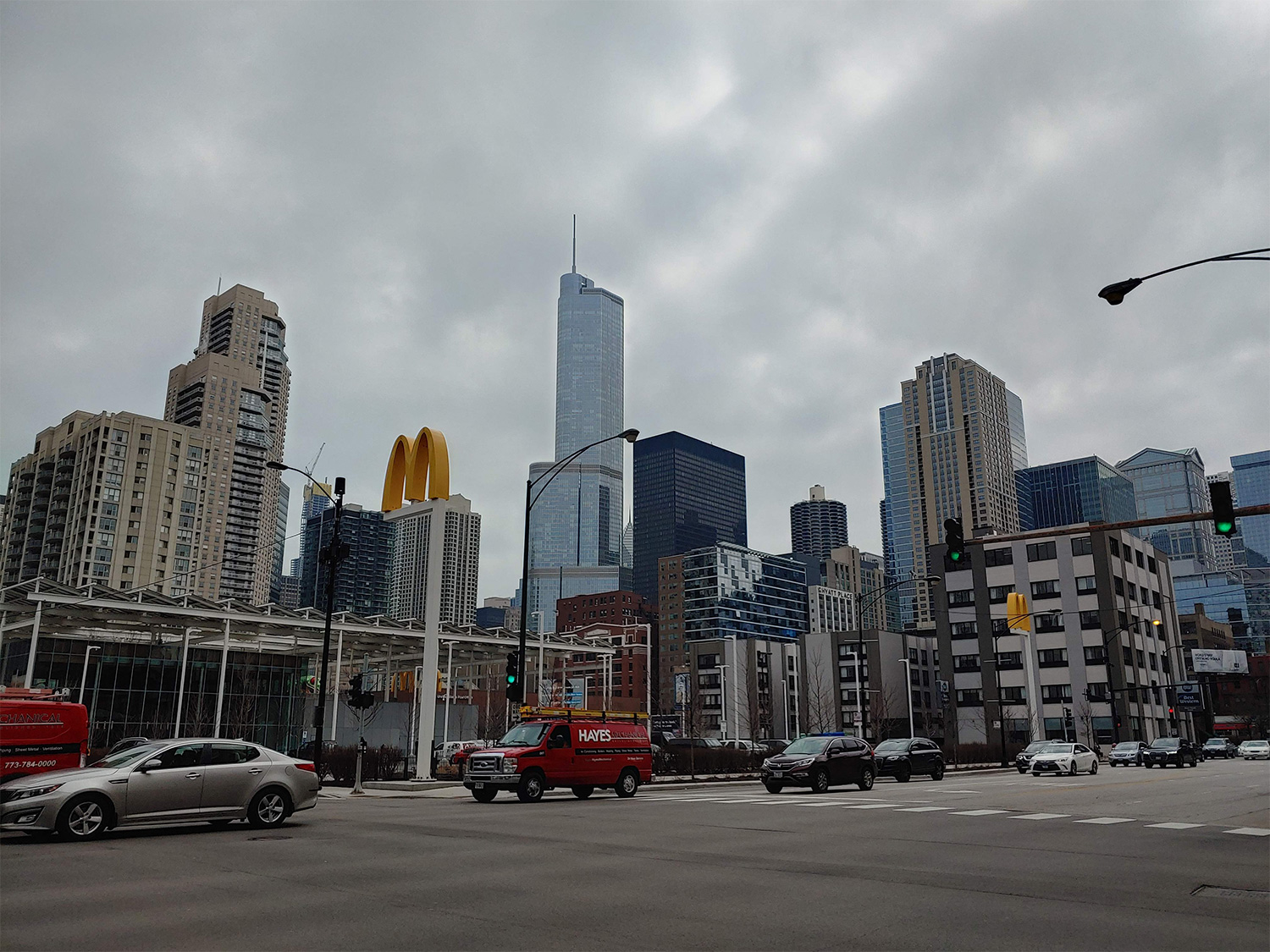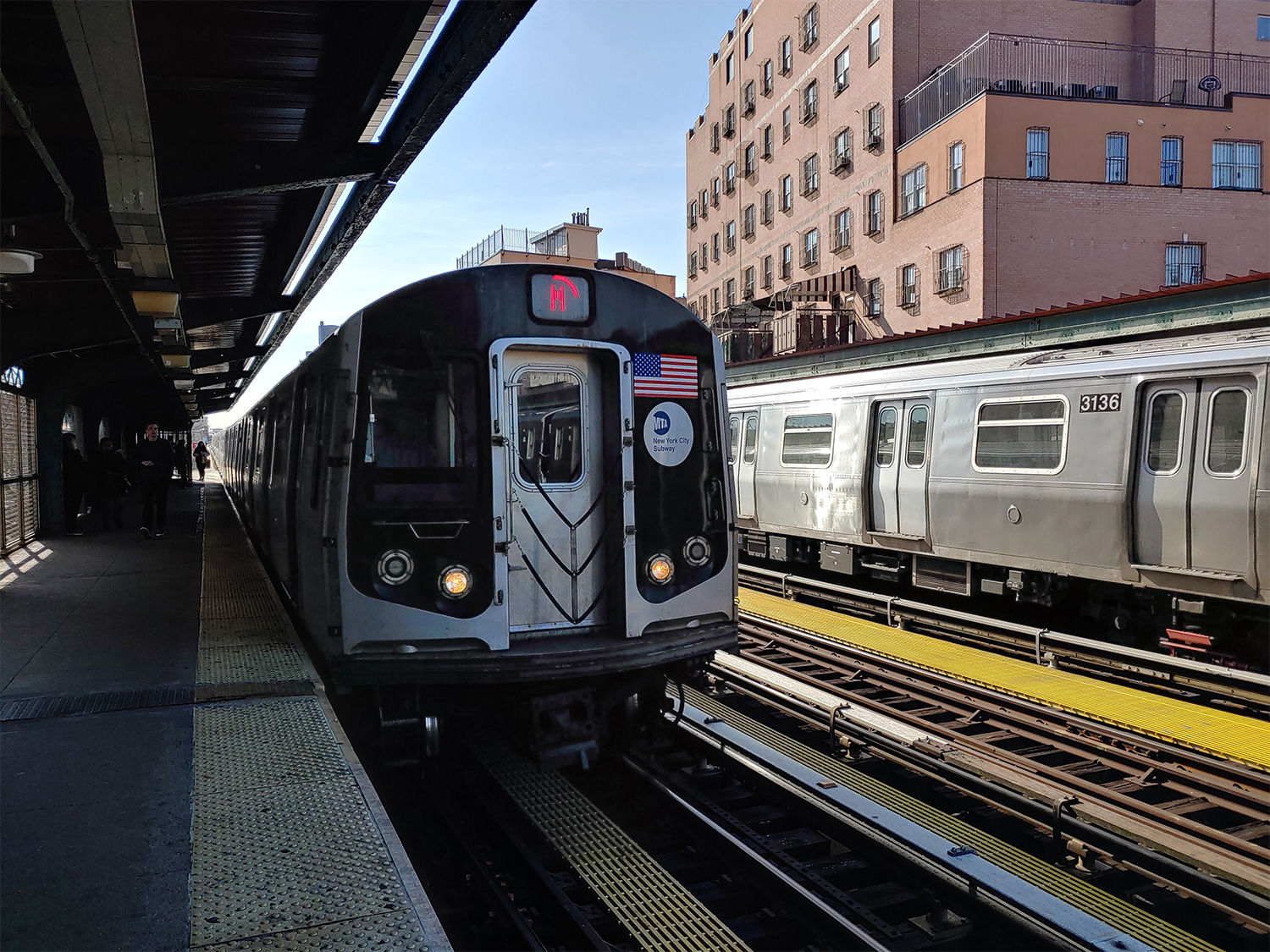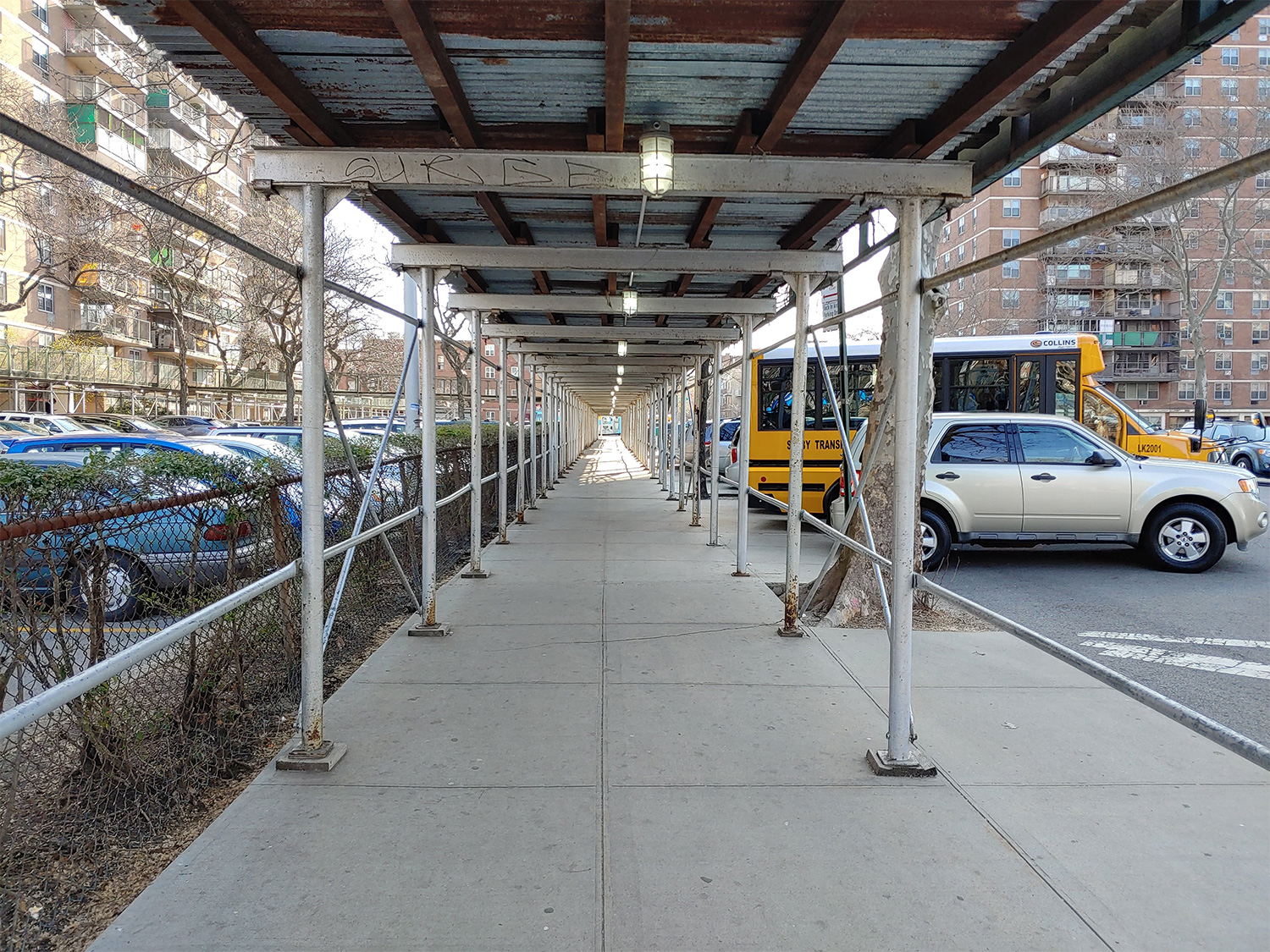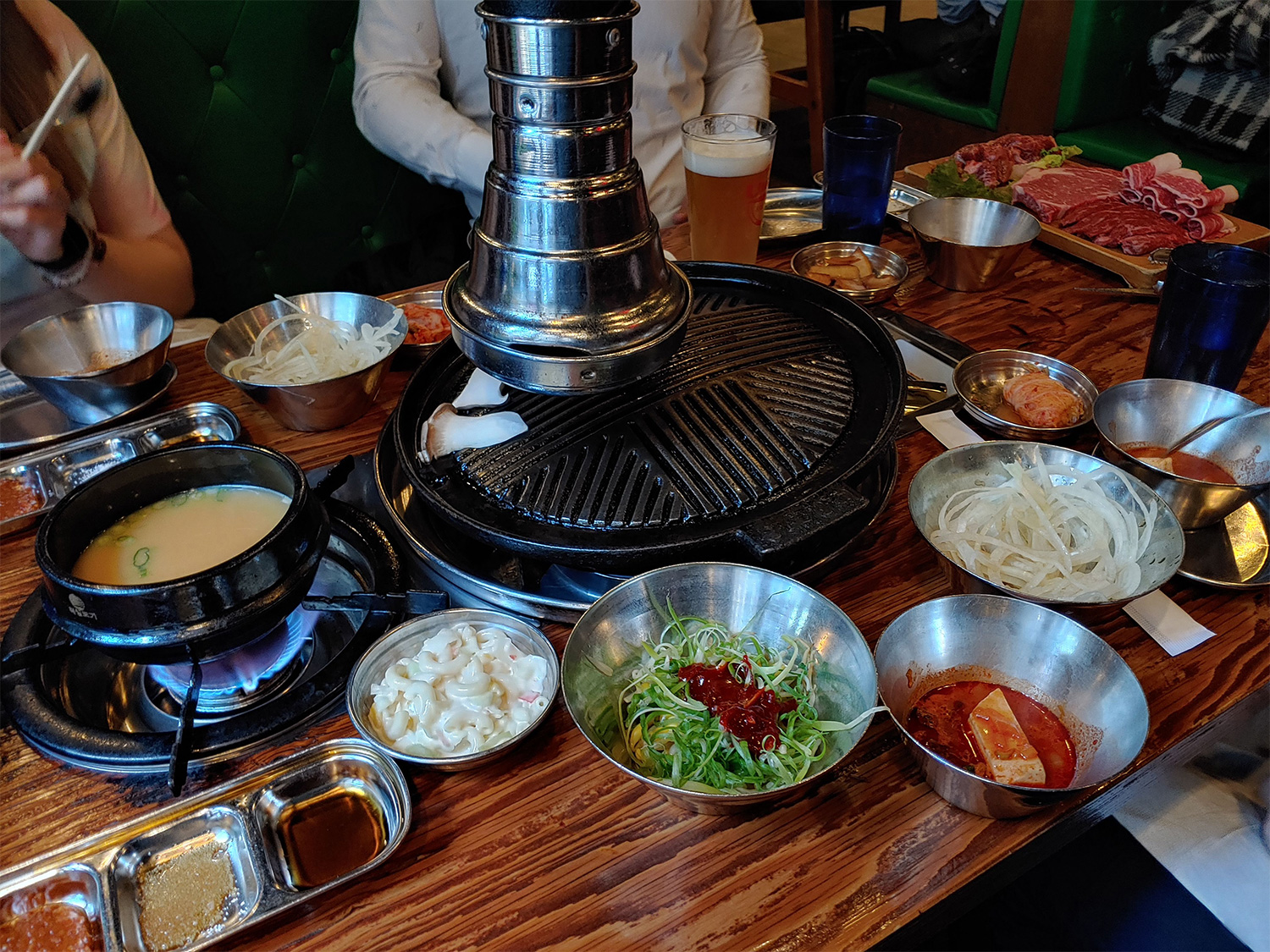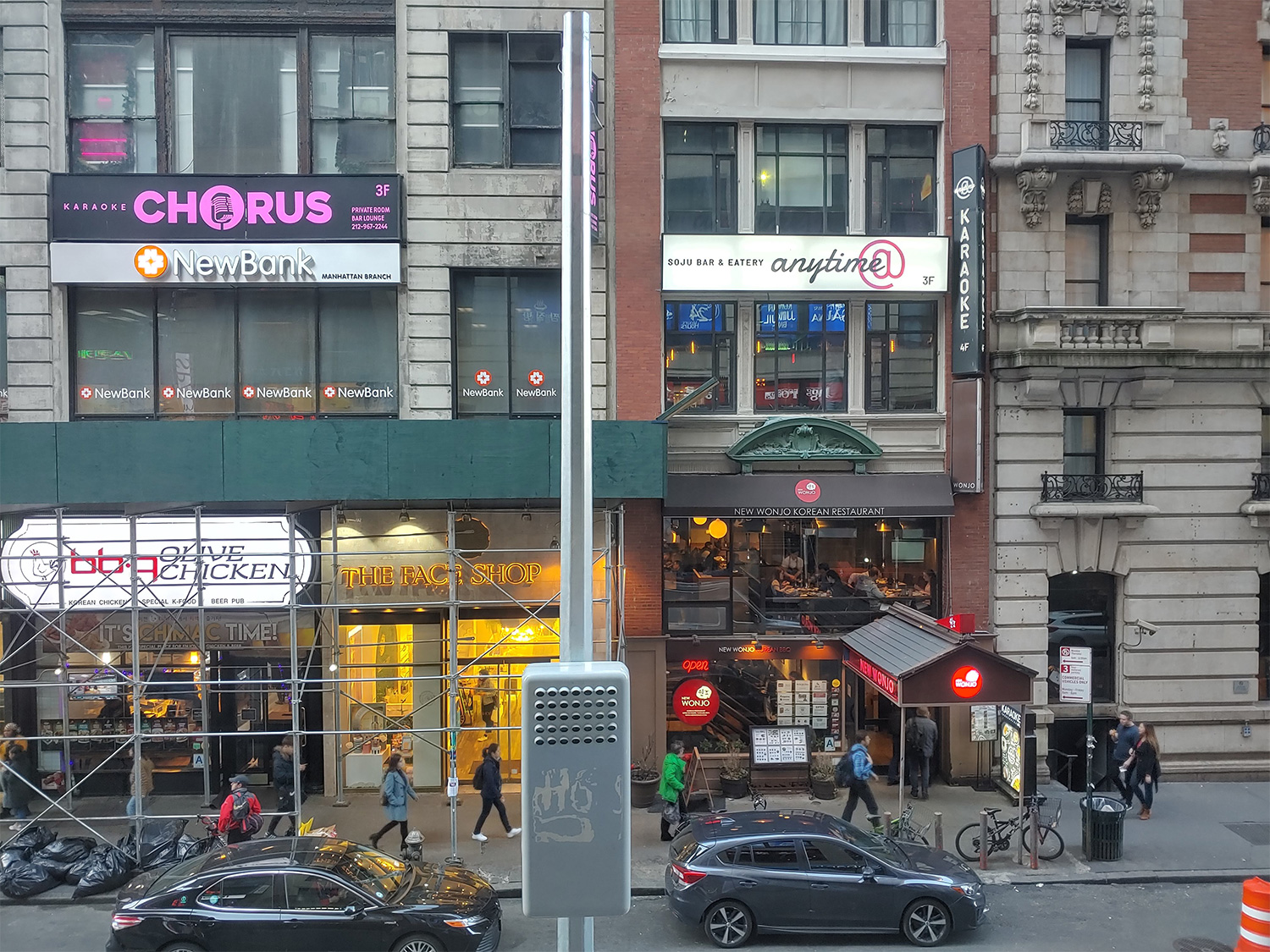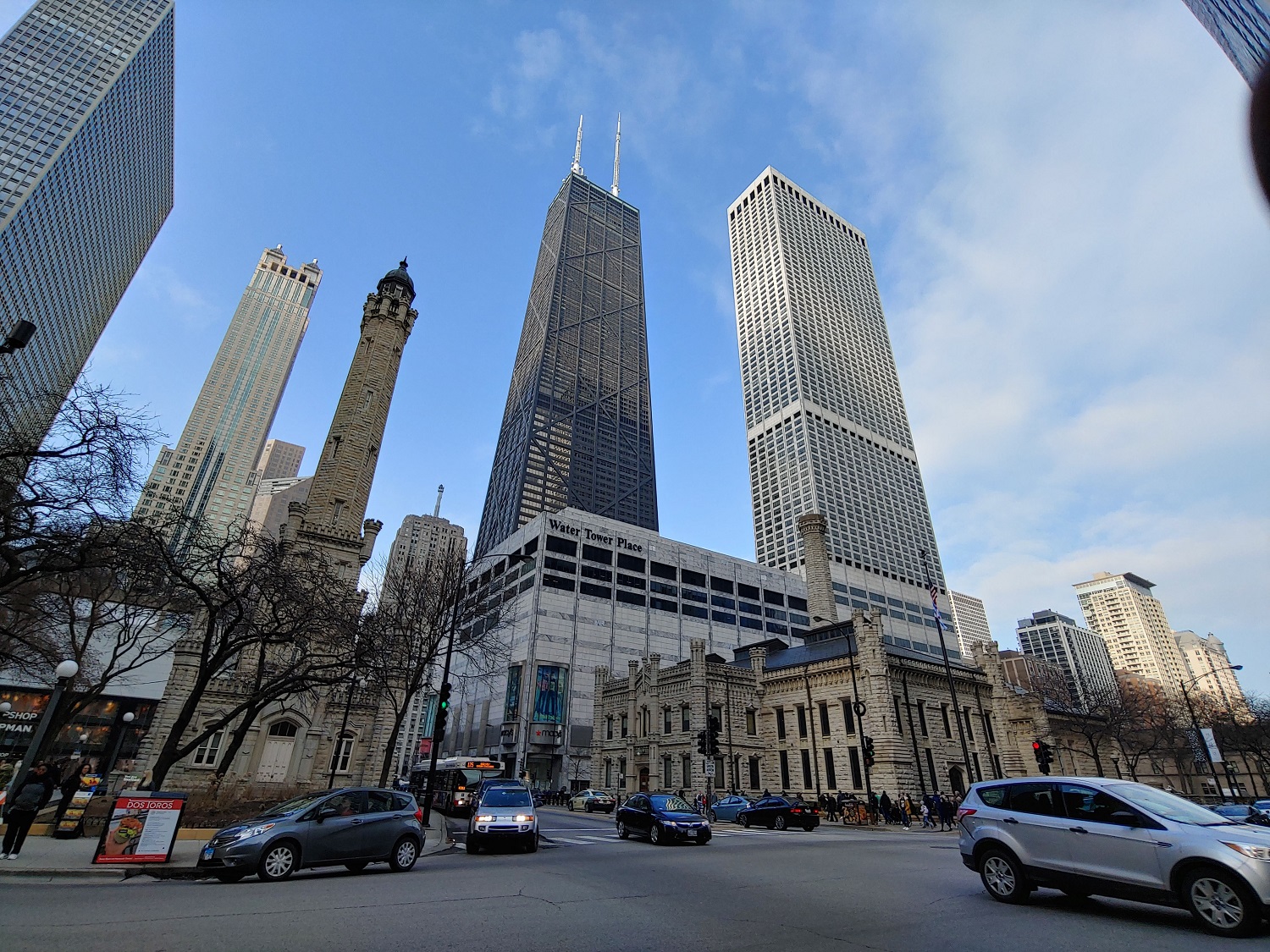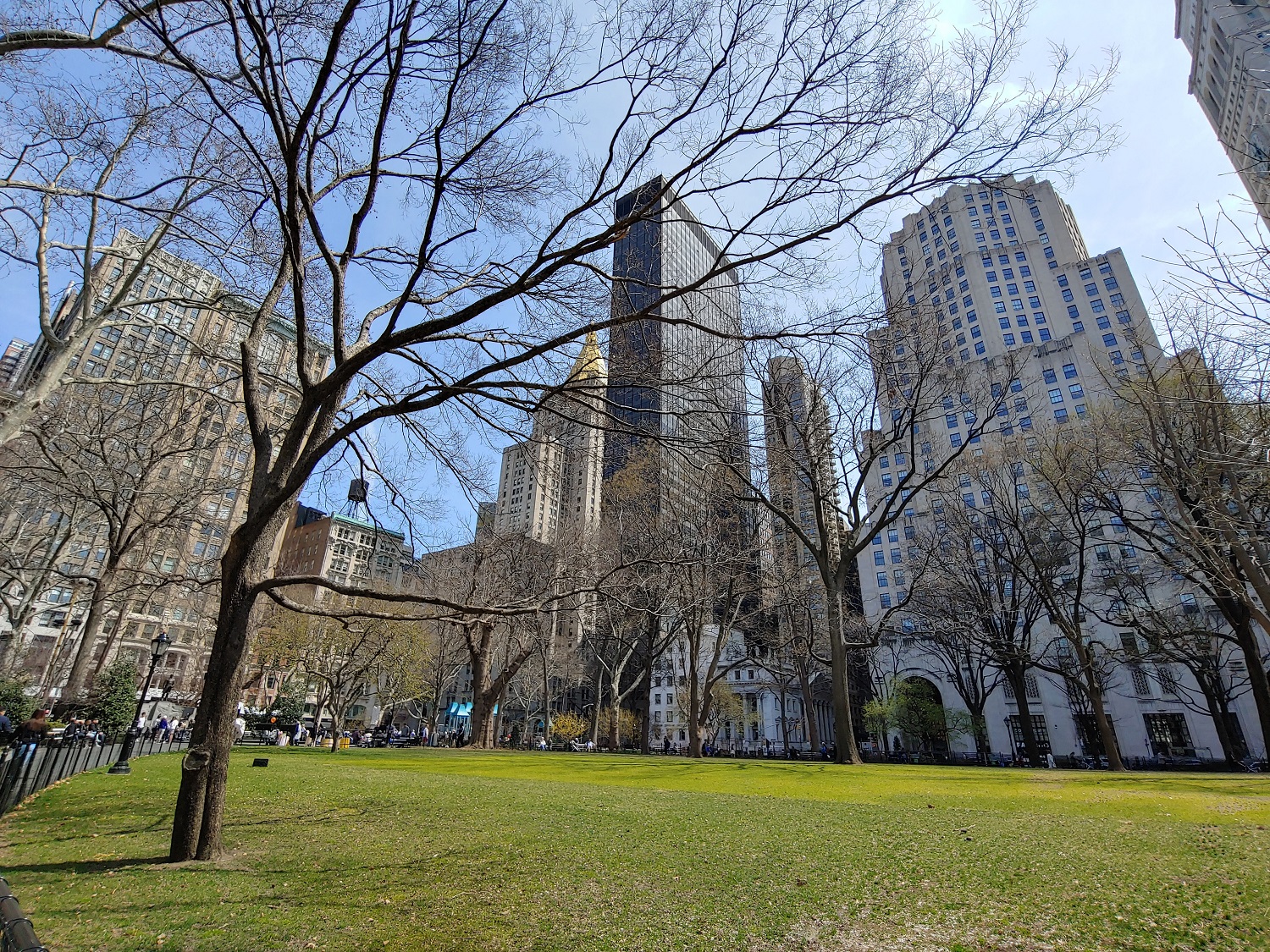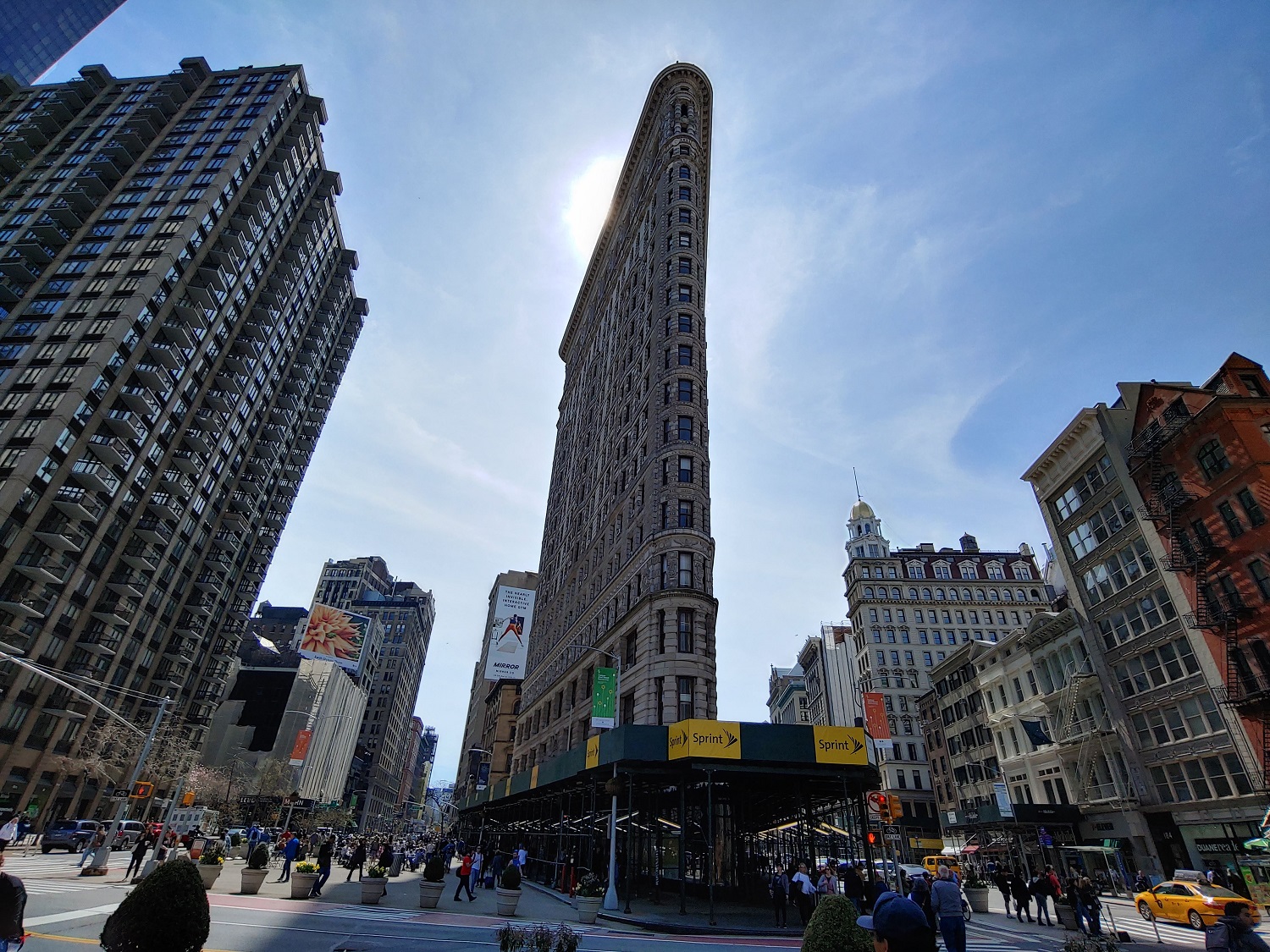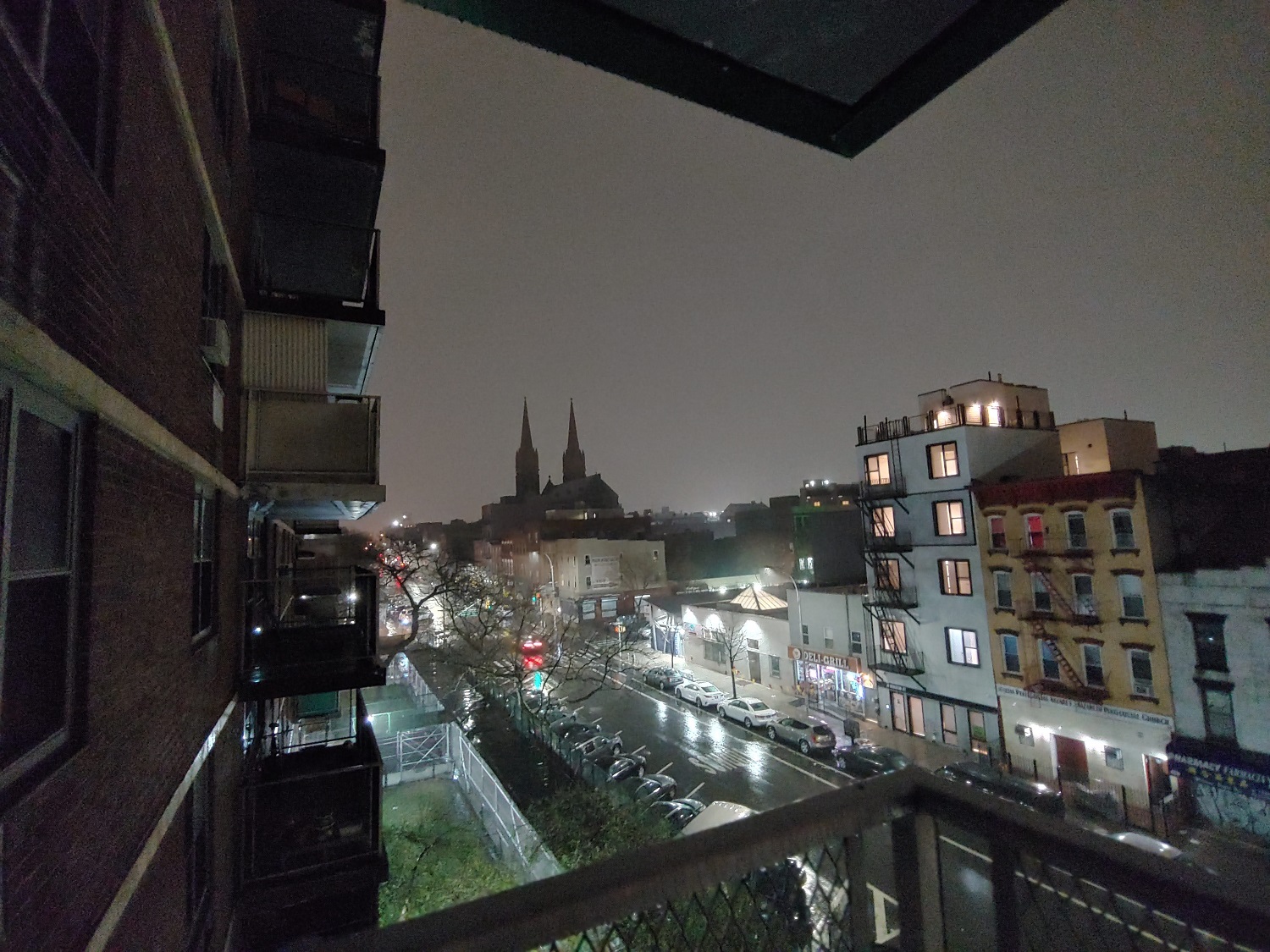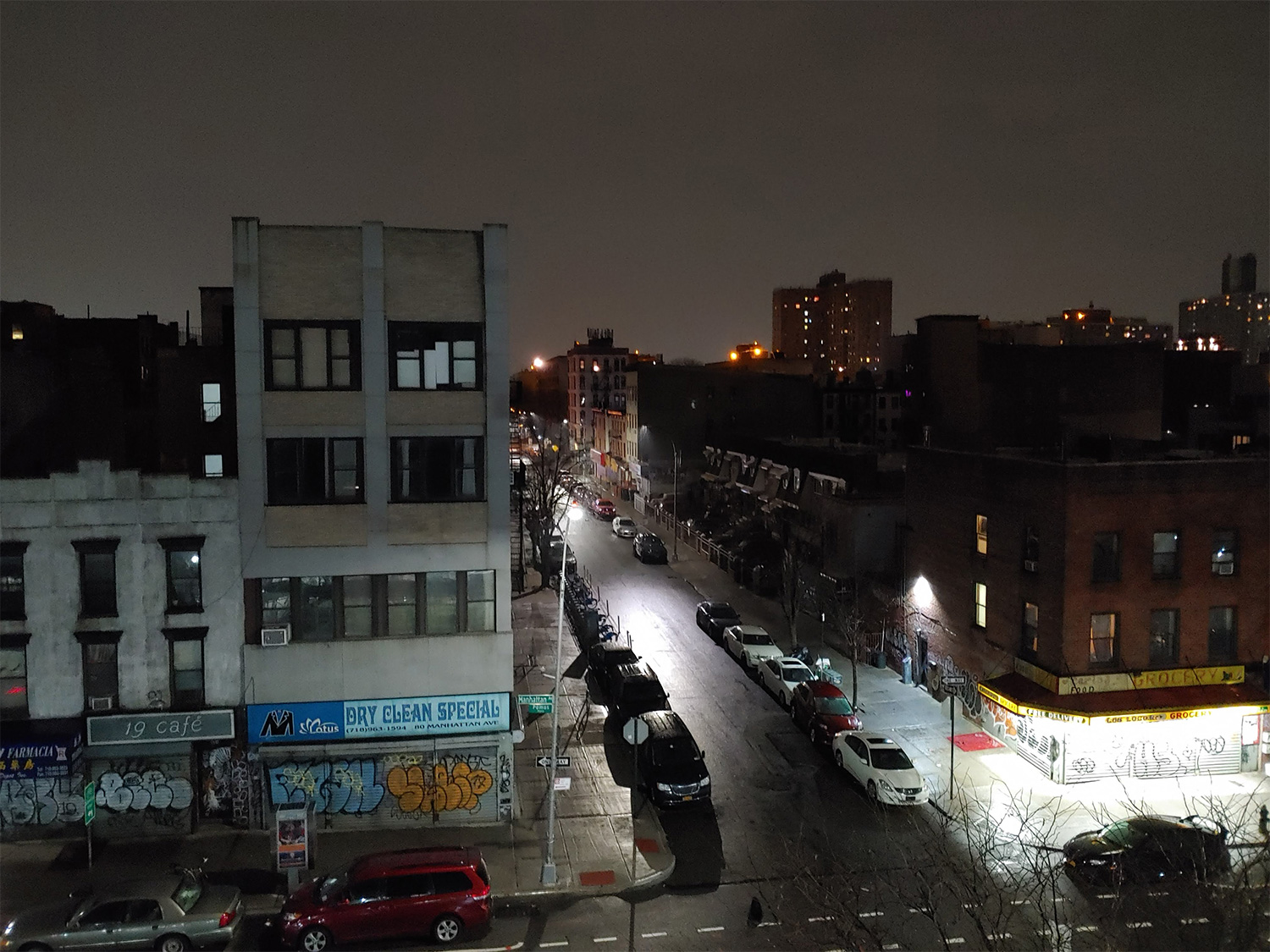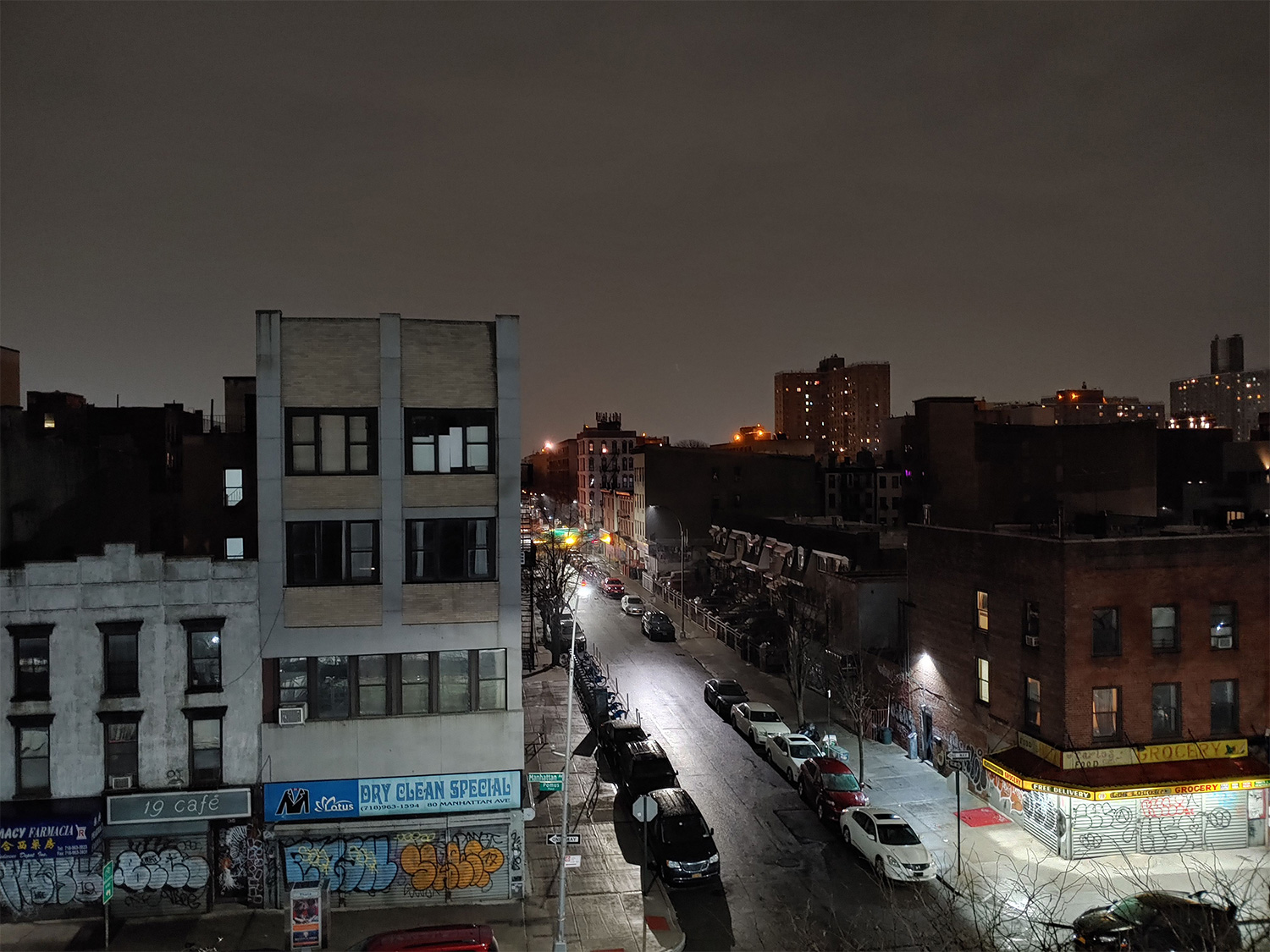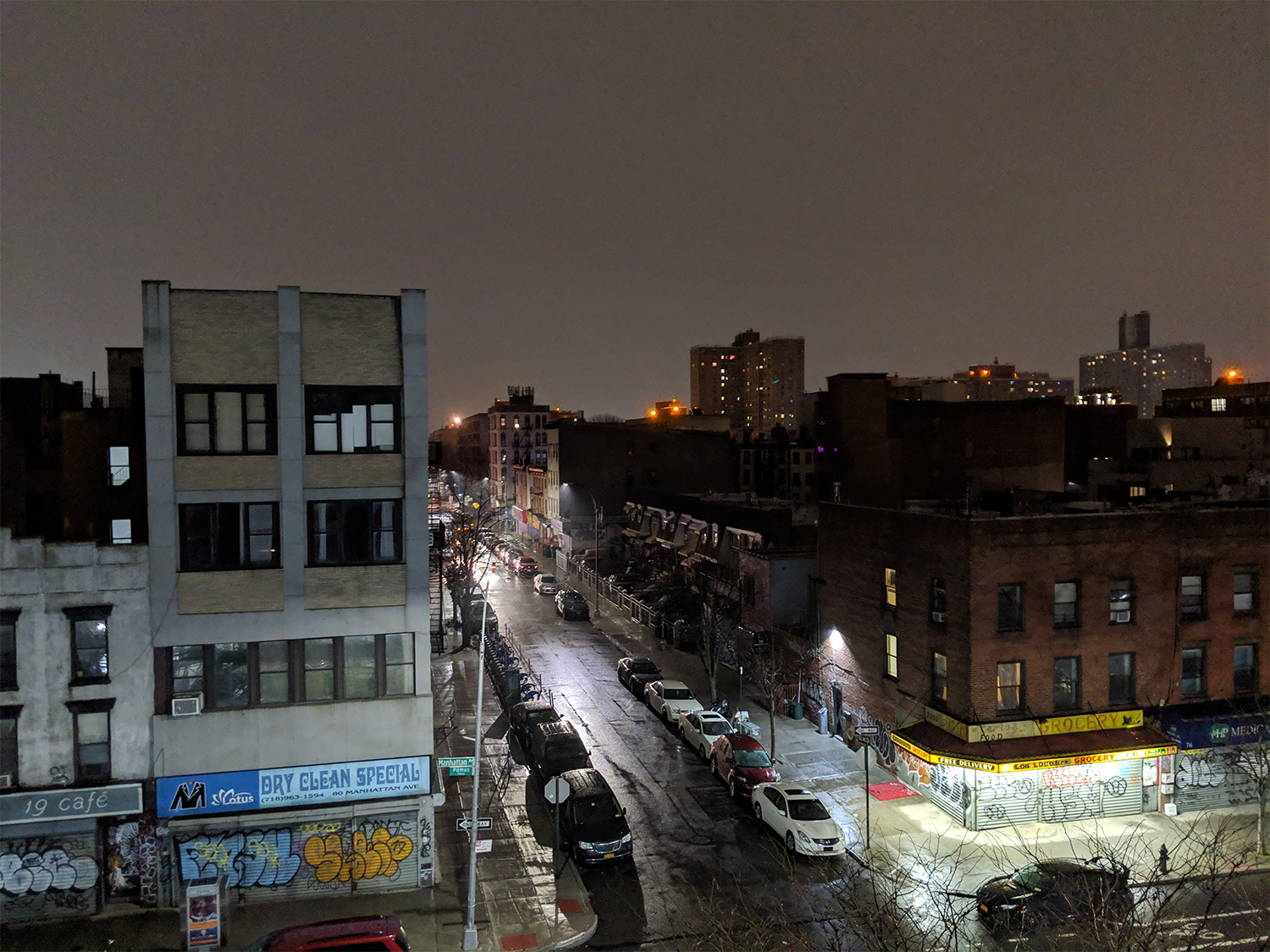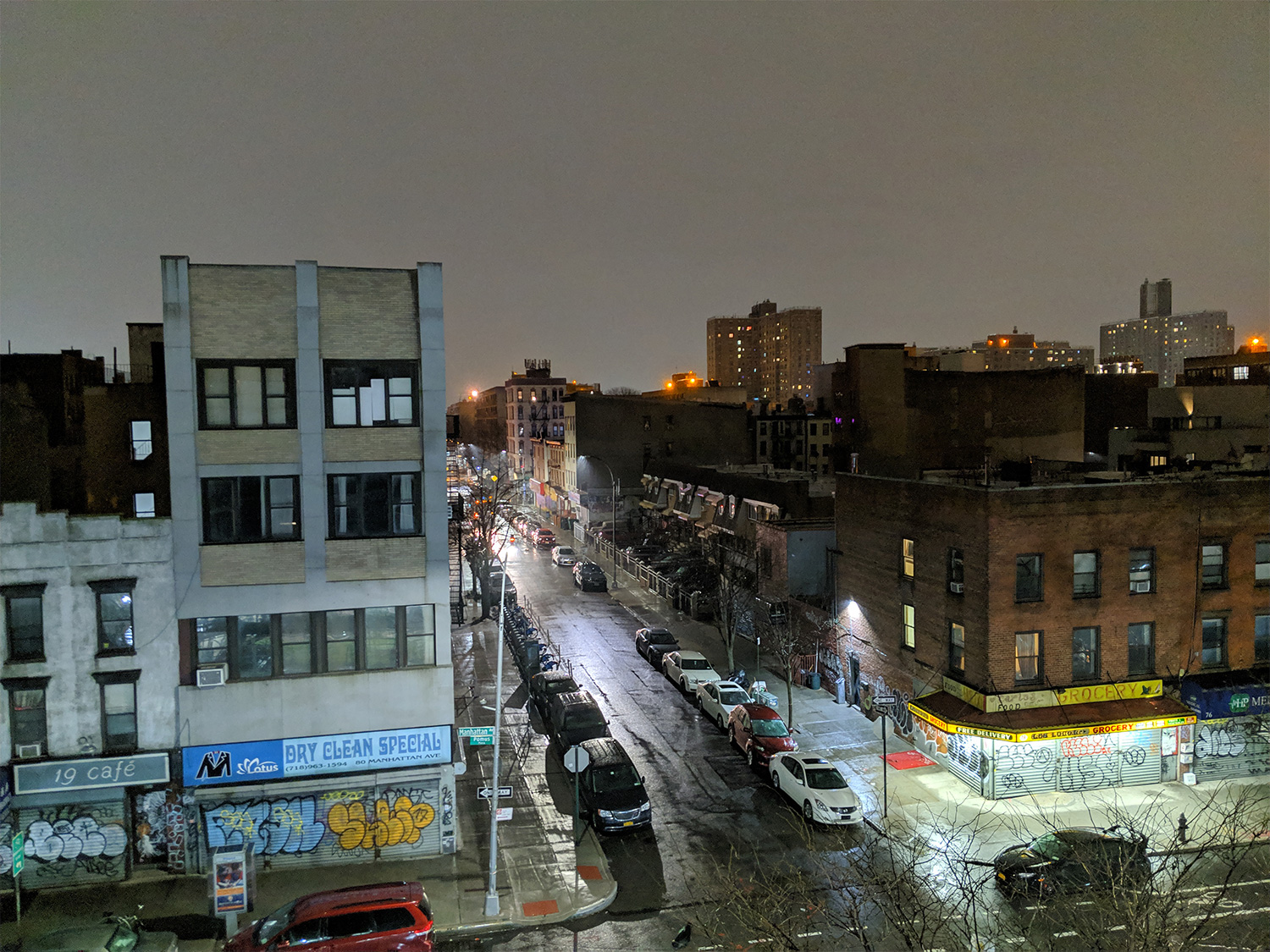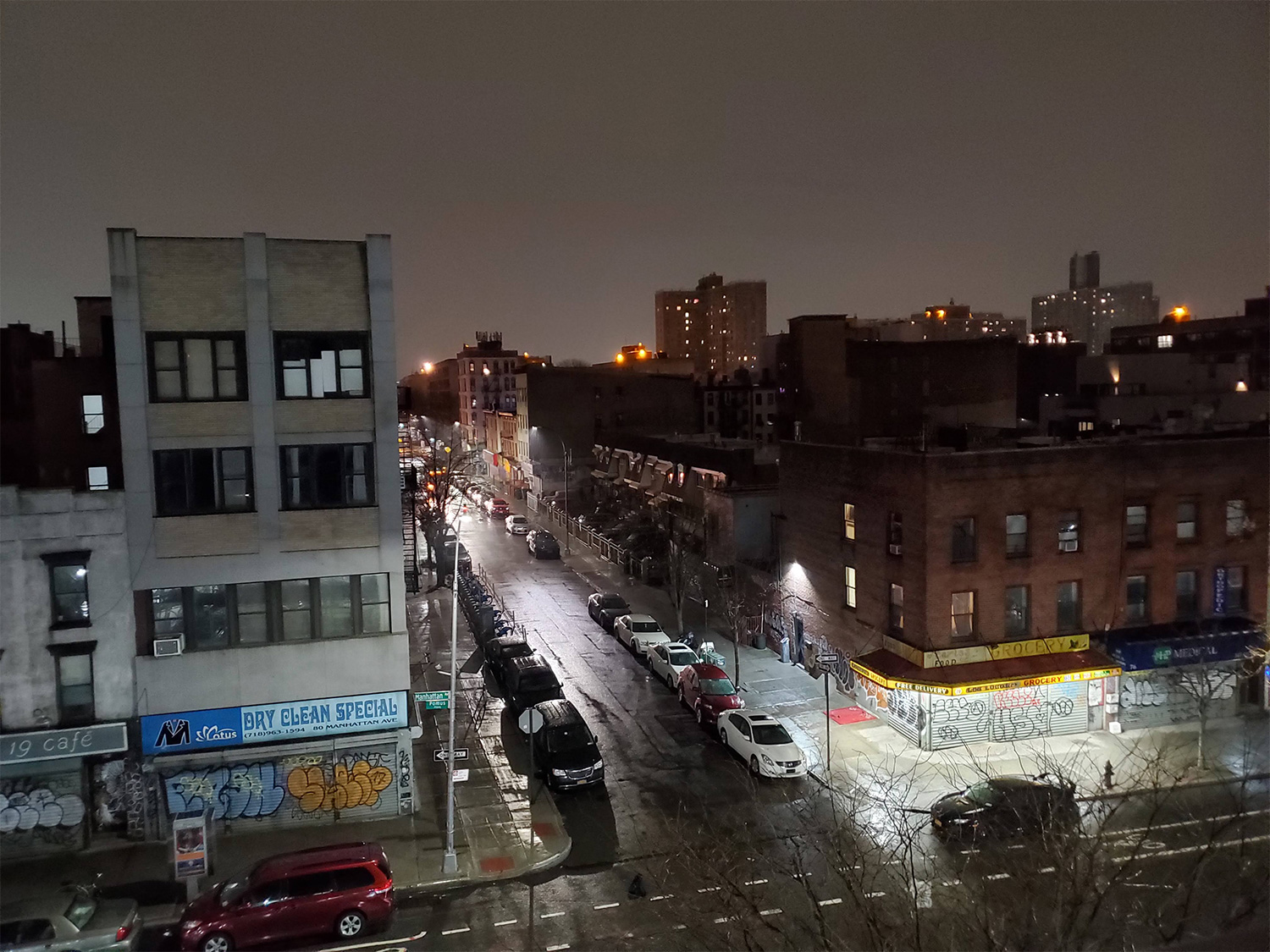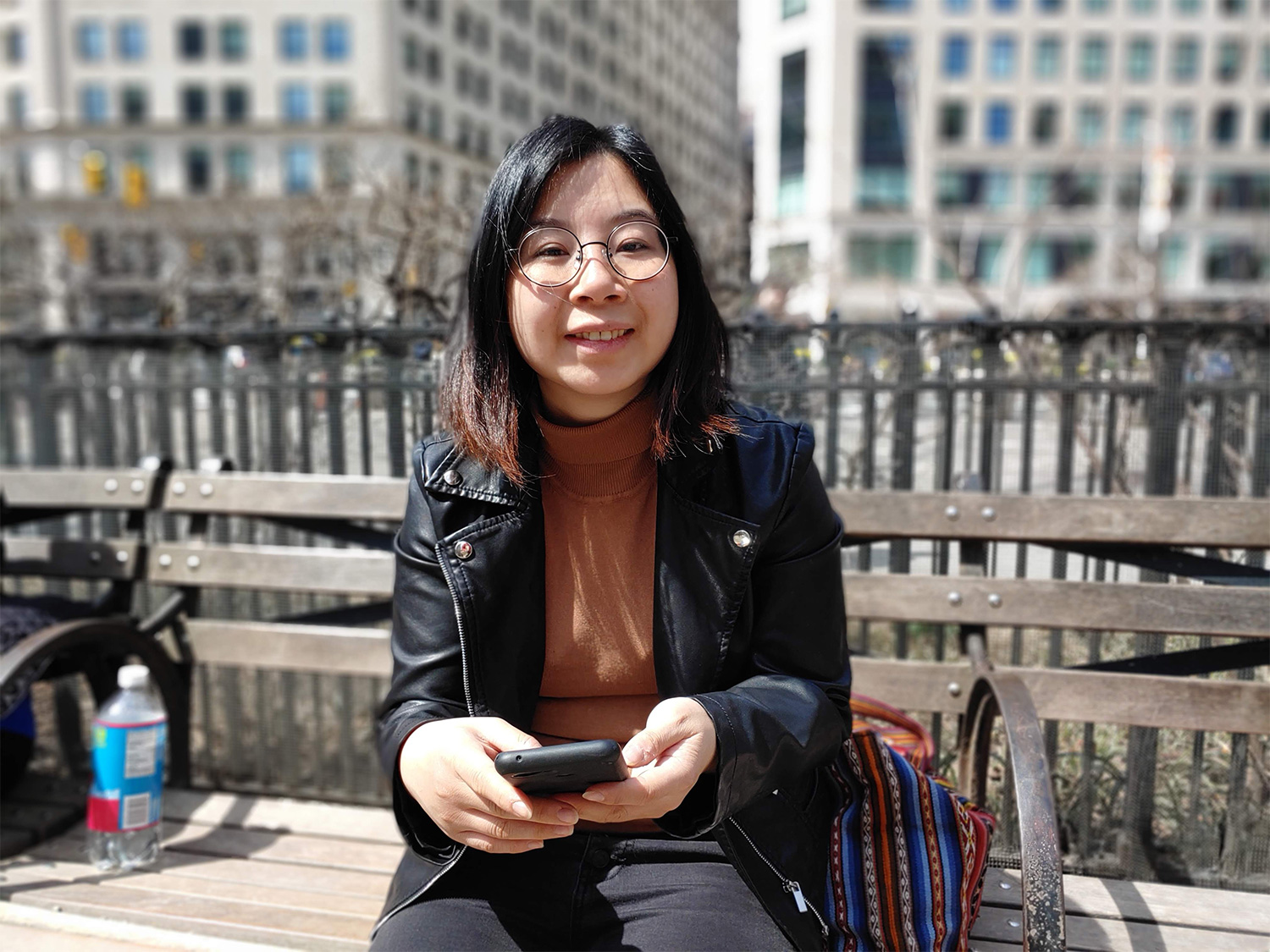“At $840, the LG G8 ThinQ doesn’t excite the way a phone at this price should.”
- Nice display
- Good performance
- Capable camera, fun video features
- Flush rear camera design
- Hand ID and Air Motion are gimmicky
- Battery life could be better
- Lots of bloatware
The problem with LG phones is how they’re priced far too high given their lackluster features. That’s the takeaway with the new LG G8 ThinQ. The phone has a lot of merits, but in LG’s attempt to differentiate, it went to great lengths to create a weird set of features no one asked for — and no one will use — while some of the device’s fundamentals could have still used some polish.
The good thing is LG usually discounts its smartphones mere months after they launch, sometimes drastically. Pick up the G8 ThinQ when it’s $600 or less, and it’s an excellent phone. Until then, the competition is simply just better.
Generic design, good display
The LG G8 ThinQ’s design is a bit generic — that is if you’re not using the Raspberry Red color option on T-Mobile. It comes in black and silver otherwise, and looks quite similar to last year’s G7 ThinQ. That’s no bad thing, but there’s just nothing flashy going on here. The bezels are slim, but there’s no hole-punch camera like you’ll see on some newer phones — just a notch.
The edges on the back and front curve into the frame for a more ergonomic feel, and I like the flat sides, which helps with grip. The power button on the right side is easy to access, but the volume rocker feels a little tough to reach when using the phone with my right hand. The Google Assistant button, however, makes a return and it’s well-placed. There’s no native way to remap this button, but you can disable it if you don’t use Google Assistant.
Design alterations on the G8 ThinQ are more visible on the rear. The dual-camera setup is aligned horizontally instead of vertically, and it’s not housed in a separate module — instead it’s under the same Gorilla Glass 6 that covers the back of the phone, making the camera completely flush. I love how this looks, though this elegance is slightly ruined by the flash that sticks out on the right.
There’s a fingerprint sensor below the camera, and not much else. I’m grateful LG didn’t add an in-display fingerprint sensor like Samsung did on the Galaxy S10 for the sake of adding new technology, as it’s not as reliable yet.
Watching shows like Our Planet on Netflix is breathtakingly gorgeous, and it helps that the audio sounds fantastic as well.
The front of the phone has a 6.1-inch OLED screen protected by Gorilla Glass 5, with a sharp Quad HD+ (3,120 × 1,440) resolution. I have no qualms here. The screen looks sharp and it gets just bright enough to see it in direct sunlight. There’s support for HDR10 too, so colors look vivid, with inky blacks as deep as a black hole. Watching shows like Our Planet on Netflix is breathtakingly gorgeous, and it helps that the audio sounds fantastic as well. When compared to the Galaxy S10 (as seen below), the G8’s screen looks a little cooler.

Speaking of sound, you may have noticed a missing earpiece at the top of the phone. It’s gone in favor of a piezoelectric vibrator, which produces sound through the display in a feature LG is calling “Crystal Sound OLED.” Not only does audio come through the screen, but the Boombox speaker from last year’s G7 is still present. You can fill a room with sound, and it’s loud enough to hear in busy environments outdoors as well. There’s decent bass, though the highs can feel strained at times. This does mean the phone vibrates a bit when you’re playing sound at full volume, though I’d say it adds to the immersive experience when you’re watching a movie or show.
A headphone jack is still present, which will certainly make a good deal of people happy, though I’ve already transitioned to wireless earbuds and haven’t found much of a need for the port (don’t take that as an invite to ax it, LG!). There’s a Hi-Fi Quad DAC with support for DTS:X 3D, which means you get audio that sounds more spatial with the right headphones. As usual, audiophiles will love the LG G8.
The weirdest feature on a phone
Now let’s get to the weird, marquee feature of the G8 ThinQ — Hand ID and Air Motion, which are enabled thanks to the front-facing camera, also known as Z Camera. It’s an 8-megapixel lens with an f/1.7 aperture, and it’s paired with a time-of-flight sensor. This sensor measures depth by seeing how long it takes light to hit a subject and come back, and LG is using it for biometrics as well as a new way to interact with the phone.
The Z Camera allows for secure face unlock, so you can unlock the lock screen just by looking at it (similar to Apple’s Face ID on its latest iPhones). I used it in various lighting conditions, and it worked reasonably well — it even recognized my face when I had sunglasses on. Unfortunately, you can’t use Face Unlock to access secure services like a banking app or to authenticate a purchase in Google Pay, as these third-party apps need to add support for it. It’s a shame the feature is limited to the lock screen.

The same rings true for a new unlocking method called Hand ID. If the phone is sitting flat on a desk, why raise it up so the camera can see your face? Just hover your palm over the Z Camera, and the sensor will recognize the vein pattern via an infrared sensor, and voilà — the screen will unlock. Or it should. It hardly worked for me. I spent countless minutes hovering my hand over the G8 ThinQ, as though I’m a puppet master trying to bring the phone to life, and Hand ID has worked maybe once out of 10 tries. Deleting my hand data a few times helped make it a little more reliable. But I’ve also only used it for the sake of using it for the review — there has never been a moment where I actually wanted to use my hand to unlock the phone; it’s just so unnatural.
I’m hovering my hand over the G8 ThinQ, as though I’m a puppet master trying to bring the phone to life.
Speaking of unnatural, paired along with Hand ID is a feature called Air Motion, which lets you use gestures to control the phone. Just like Hand ID, it’s awkward to use, but it was far more reliable in that Air Motion actually works. Hover your hand over the Z Camera, then make a claw-like gesture, and you can choose between two apps to open (you can set these to whatever you want).
When media is playing, you can also do the same trick to pause/play, and twist your hand left or right to increase or decrease volume. Finally, you can even capture a screenshot using a pinching gesture.
The question is, why? It’s 10 times faster to just pick up the phone and control it with touch. Even if the point is to use these gestures when your hands are dirty (when cooking in the kitchen, or if you’re in the bath), it’s still so awkward and slow to use Air Motion. After the first few days of trying all of this for the review, I slowly just stopped using it, and now Hand ID and Air Motion live as key selling points of the phone that I simply do not use. Thinking about the amount of resources and energy that went into making these two features work pains me. What a waste.
Reliable and speedy performance
Inside the G8 ThinQ is Qualcomm’s latest mobile processor for flagship smartphones — the Snapdragon 855. It’s the same chipset inside phones like the Galaxy S10 and the upcoming LG V50 ThinQ. There’s a sizable 6GB of RAM, which is likely more than you need, and 128GB of internal storage awaits. In case you need more space, there’s also room for a MicroSD card.
Aside from the display, performance is the only other area of the LG G8 where I had zero issues whatsoever. Every action happened immediately as I moved my fingers across the screen — apps are quick to launch, multitasking is fluid, and gaming is smooth. Games such as Alto’s Odyssey ran without a hitch, and PUBG: Mobile ran at the highest graphical setting without problems. This phone will handle almost any app you throw at it without fail.
Here are our benchmark scores:
- AnTuTu 3DBench: 320,019
- Geekbench 4 CPU: 3,417 single-core; 10,233 multi-core
- 3DMark Sling Shot Extreme: 3,316 (Vulkan)
Those scores are very close to the Galaxy S10’s, which makes sense since it’s the same processor, and they trounce Android flagship phones running on last year’s processor, such as the Pixel 3. You have nothing to worry about here.
Bloatware everywhere
My main LG G8 ThinQ review unit is an AT&T model, but I also spent a few days with the T-Mobile one. One thing that remained constant between the two was the sheer amount of bloatware on both phones. There are so many pre-installed apps that come on the carrier phones, and I wouldn’t be surprised if this was the case for the unlocked model as well. You can uninstall most of these apps, but some (like DirecTV or Game of Thrones: Conquest) can only be disabled. It’s annoying.
You can uninstall most of these apps, but some can only be disabled. It’s annoying.
The G8 ThinQ runs the latest version of Android 9 Pie, and the software experience is decent. After seeing Samsung improve its Android theme, I can’t help but wish LG did the same. Some parts of LG’s theme can look cluttered and feel clunky. Streamlining it down would improve the design overall, and maybe even help LG push software updates out faster.
Last year’s G7 ThinQ already received the Android Pie update in select markets earlier this year, but take a look at the LG G7 subreddit on Reddit, and you’ll find people complaining about the lack of an update to the latest version of Android. Google released Android Pie in August 2018, and LG just announced it will bring Pie to other phones it released last year, like the LG V40 and the LG V35 ThinQ, in June. That’s close to a year later, which is terrible.
Android Q’s second beta is in full swing, and Google will likely release it in August. With the LG G8, expect to wait a long time before receiving the update. This is not a phone to buy if you want the fastest updates and the latest version of Android — get a Google Pixel phone instead.
Solid camera
Not too much has changed with the cameras on the rear of the phone. It’s a standard, 12-megapixel lens with an f/1.5 aperture and optical image stabilization, paired with a 16-megapixel wide-angle lens with an f/1.9 aperture and 107 degrees field of view.
It’s quite a capable camera, actually. Details are strong in good lighting, and the wide-angle camera boosts creativity as you try to vary up your shots. My biggest issue with the G8 is its HDR, which I made sure to turn on in the camera’s settings. HDR helps mitigate the overblown sky you see in a few of these photos above, creating a well-exposed image rather than one that’s extremely blown out in one area or terribly dark in another. It’s very hit-and-miss when it wants to work, as there are some photos where it does a good job.
With the wide-angle lens, colors can look a little strange, and detail deteriorates fast in low light. Thankfully, that’s not so much the case with the main lens, which is aided by a new mode called Night View. In this mode, the G8 ThinQ can go toe-to-toe with phones like the Google Pixel 3 and the Galaxy S10 (but probably not the Huawei P30 Pro). Night View takes multiple photos and fuses them to create a better-exposed image. Take a look below at how it stacks up:
The Pixel 3’s Night Sight feature illuminates the darkest areas, but it makes colors look unnatural. The G8’s photo is the most detailed, and it does a great job of keeping the exposure of the grocery store on the bottom right in check.
You’ll be met again with poor HDR in Portrait Mode and with the 8-megapixel selfie camera. There are just too many blown-out images, and Portrait Mode, which blurs out the background behind a subject, isn’t the most accurate. Not only does it take some time to lock onto a subject, but it often messes up the outline around them.
While you can definitely take some excellent photos with the LG G8 ThinQ, there are some consistency issues that keep it from being a great camera. It also doesn’t have the best HDR, the phone’s camera menu isn’t the most intuitive, and while the wide-angle lens is fun, it delivers inaccurate colors sometimes, along with poor detail in low light.
The video features are a little more interesting, because there’s a new one that lets you capture Video Portraits. It essentially adds a blur effect behind a subject in real time (like Portrait Mode), and while it does look wonky — particularly when subjects are moving — it does add a neat look, as though you’re manually adjusting the focus on a DSLR.
There’s also Cine Video, which I’ve been a fan of ever since it was introduced on the LG V30. It lets you add different color gradients to videos, and the pan and zoom feature lets you focus on a subject and smoothly zoom in on them, like a cinema camera. It’s a fun video camera to explore.
About a day of battery life
Battery life on the LG G8 ThinQ is similar to my experience with phones like the Google Pixel 3, averaging about 3 hours of screen on time on a typical workday. The G8 went from 100 percent around 8 a.m. to dead by 9 p.m., which is not great. If you will be away from a charger after work, it’s more than likely the phone will die before the night ends.
Thankfully, it supports wireless charging, so it’s even easier to keep to topped up during the day.
In our battery test, where I played a YouTube video in 1080p over Wi-Fi with maximum brightness, the LG G8’s 3,500mAh battery lasted for 8 hours and 40 minutes. It’s respectable, but the Samsung Galaxy S10, which has a smaller battery and costs a little more, lasted a decent bit longer. Thankfully, it charges relatively quickly. The G8 ThinQ supports Qualcomm’s Quick Charge 3.0 technology, and it took us an hour and 37 minutes for it to go from 0 to 100 percent.
Battery life isn’t atrocious, but on days where you’ll need to use the phone heavily, the G8 ThinQ will undoubtedly give you battery anxiety.
Price, availability, and warranty information
The LG G8 ThinQ costs $850 for the unlocked model and goes on sale April 11. Pricing is actually a bit confusing, as almost all retailers and carriers are selling the phone at a discounted price already — B&H and Best Buy have it for $700. Verizon is selling the phone at retail price for $840, but if you lock into a 2-year contract, you can pay $20.42 per month for 24 months, which amounts to $490. Whereas AT&T is selling it for $27.67 per month for 30 months, or $830. From T-Mobile, it’s $620, or $25.84 per month for 24 months. It’s all very bizarre, but you can check out our buying guide for the full details.
LG offers a two-year warranty that covers manufacturer defects, but you need to make sure to register the phone to ensure coverage for the second year.
Our Take
The LG G8 ThinQ is a fine phone that doesn’t match its retail price tag. There’s no one particular thing it excels at, and the marquee feature is a total gimmick. At $850, it doesn’t excite the way a phone this price should, and it’s worth skipping for other, better alternatives. Looking for more options? We’ve compiled the best smartphone deals for you to check out.
Is there a better alternative?
Yes, granted this is if you’re thinking of paying $850 for the phone, since price is varying by retailer. I think there are two top alternatives you should consider: The Google Pixel 3, which costs $800 but can likely be found for cheaper, and the Samsung Galaxy S10e, which is $750. The Galaxy S10e has a very similar camera setup as the G8 ThinQ — a standard lens paired with a wide-angle one — and while battery life isn’t its strong suit like the G8, it’s a far better value. The Pixel 3 has a far more reliable and stronger camera, and while it won’t match performance, it’s still fast and has a much better software experience.
If you’re open to iOS, you should also check out the iPhone XR, which is $750, and is also a great value. And if you’re considering phones in this price range, you should know the absolute best at the moment is the Galaxy S10 Plus, but that’s $1,000, which may be too big of a price tag. You may check out the spec comparison we did for the Galaxy S10 and G8 ThinQ if you’re curious about how their features stack up.
If you’re looking at the LG G8 and it has a price tag around $600 (like on T-Mobile), I think it’s a much more reasonable buy. Check out our best smartphones guide for more.
How long will it last?
The LG G8 ThinQ is wrapped in Gorilla Glass 5 and 6, which means it’s tough, but it’s still glass. A case is a smart idea to keep it protected. It’s also IP68 water- and dust-resistant, so it will survive a dunk in the pool. In terms of updates, they will come, but expect Android version updates to be slow. You likely won’t get Android Q this year at all. I expect the phone will last three to four years before you’ll want to upgrade it.
Should you buy it?
Not for $850, as there are far better options out there. LG has a history of dropping prices on its phones soon after launch — many retailers are already selling it at a discount — and if the G8 ThinQ costs $600 or less, it’s a solid buy.






